Category: Haunted Battlefields
The moor – site of the last battle on British soil -has its share of ghostly traditions, perhaps befitting for the scene of so much bloodshed and slaughter. The Battle of Culloden – April 16th 1746 – marked the fall of the Jacobite rebellion of 1745, which sought to restore the Stuart monarchy to the throne.
At the battle of Killacrankie on 27th July 1689, 3,000 government troops (under General Hugh Mackay) were defeated by a rebel Highland army led by Viscount (Bonnie) Dundee. The battlesite is said to be haunted, the whole scene of carnage replaying on certain days in all its gory detail.
On a minor road between the A59 and the B1224, a major battle of the civil war was fought on the 2nd July 1644. In 1968 some tourist were lost on the road when they came across a group of men dressed as 17th century soldiers. They thought that they were people in fancy dress, although the men looked worn out. They later discovered that they had been on the road through the battle site.
In AD60 or 61AD the final battle between the Romans and the rebel Briton’s led by Boudica (or Boudicca or Boadicea) was fought and is known as the Battle of Watling Street (or Battle of Paulerspury). No one actually knows where this battle described as being ‘being approached by a narrow defile with a wood at the back and a plain in the front ‘ by Tacitcus took place.
On 19th January 1643 Sir Ralph Hopton’s Royalist forces camped at Boconnoc were surprised to discover a Parliamentarian army under the command of Lord Ruthin deployed on Braddock Down. Ruthin ordered an attack rather than waiting for the reinforcements under the Earl of Stamford to arrive from Liskeard. Hopton’s forces won the battle securing Cornwall for the Royalists.
Ghostly soldiers have been near the boating lake on the anniversary of the Battle of Langside that was fought here on 13 May 1568 and marked the final defeat of Mary Queen of Scots. Mary had been forced to abdicate in favor of her infant son James, leaving James Stewart, Earl of Moray (Mary’s half-brother) regent until James matured and Mary held captive in Loch Leven Castle.
This is the site of the Battle of Nechtansmere found between the Picts and the invading Northumbrians of King Ecgfrith. The battle took place at 3.00pm on 2 March 685AD. The Picts had been subjugated under Drust, a puppet King supported by King Oswui of Northumberland. When Oswui died in 672AD the Picts (called Picti ‘painted ones’ by the Romans) overthrew Drust.
On 14 October 1066 the Battle of Hastings took place. The Saxon King Harold II, defending Britain with 7500 infantry engaged the invading Norman army of William Duke of Normandy. William had mustered a fleet of 700 ships to bring his 2200 cavalry, 1700 archers and 4500 infantry across the English Channel from Northern France.
On 23 October 1642 the Royalist Army of King Charles I engaged the Roundheads at Edgehill in what was the first major battle of the English Civil War. Edgehill is often referred to as a draw, but the day belonged to Charles. There are numerous figures regarding the number of casualties, many exaggerated I fear.
Like many of the ancient battlefields of Britain, Sedgemoor – the site of the final defeat of the Duke of Monmouth’s ill armed rebel army – has gathered many folklore traditions and legends.

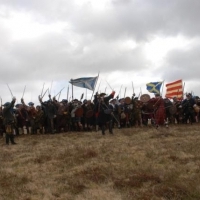
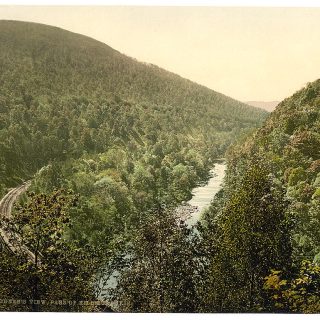
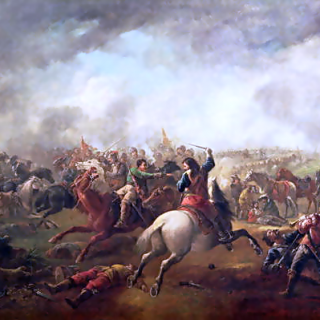
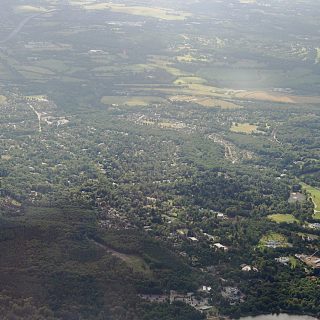
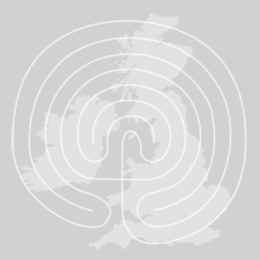
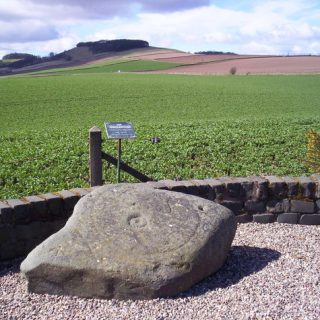
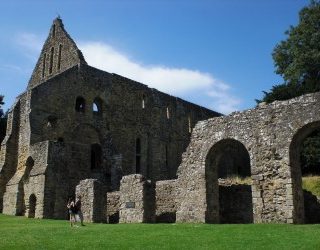
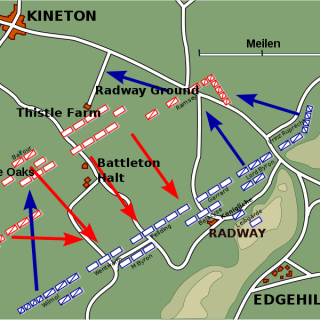
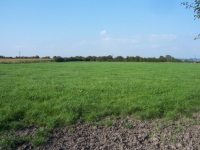
Recent Comments